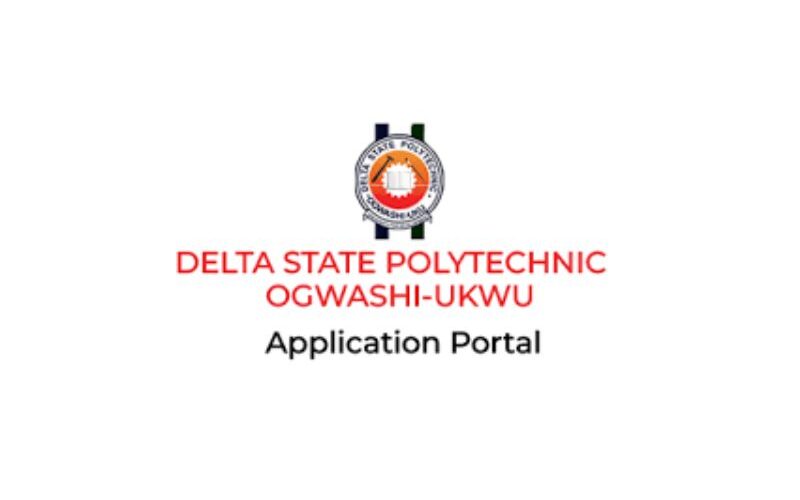In professional development and specialised education, digital platforms have become the central nervous system of the learning experience. For participants in the prestigious Data Science for Public Good (DSPG) program—an initiative dedicated to cultivating the next generation of data scientists—the DSPG Student Portal is this vital hub. More than a simple website, it is the integrated command centre for fellows, interns, and researchers to manage their projects, collaborate with peers, and access critical resources. This comprehensive guide delves into the profound importance of this portal, provides a meticulous, step-by-step walk-through of the login process, explores its extensive suite of features, addresses common technical challenges, and outlines best practices to maximise its potential for a successful and impactful fellowship.
The Step-by-Step Login Process
Gaining access to this powerful platform begins with a secure and structured authentication process. The steps may vary slightly depending on the host institution, but generally follow this pattern.
1. Accessing the Official Portal Website:
The first and most critical step is to navigate to the official DSPG program website hosted by the administering university. The URL will be provided in your official offer or onboarding communication. For example, it might be a dedicated subdomain like dspg.[university].edu or a specific path on the university’s main site. Always use the official link provided to avoid phishing scams.
2. Locating the Login Section:
On the program’s homepage, locate the login section. This is often clearly marked as “Student Login,” “Fellow Portal,” or “Participant Login.” It may be integrated with the university’s central authentication system (e.g., using Virginia Tech’s PID).
3. Entering Your Credentials:
You will be prompted to enter your unique login credentials:
-
Username: This is typically a university-issued identifier. For external participants, it is often the email address used during the application. For students of the host university, it may be your institutional ID (e.g., a VT PID).
-
Password: This is the confidential password you created during your initial account setup or registration for the program.
4. Multi-Factor Authentication (MFA):
Given the sensitive nature of the data often involved in DSPG projects, Multi-Factor Authentication (MFA) is almost certainly required. After entering your password, you will need to verify your identity through a second method, such as:
-
A code sent via SMS or email.
-
A push notification through an authenticator app like Duo Mobile or Google Authenticator.
This non-negotiable security step protects both your work and the confidential data of project stakeholders.
5. Successful Access and Dashboard Overview:
Upon successful authentication, you will be redirected to your personalised dashboard. This homepage is your mission control, typically featuring widgets with upcoming deadlines, recent announcements, quick links to your active projects, and direct access to communication tools.
Portal’s Key Features and Functionalities
Once inside, the portal unveils a comprehensive toolkit designed for the specific needs of a data science fellow.
1. Project Management Hub:
-
Task Assignments: View and update your assigned tasks within your project team. Track deadlines, priorities, and dependencies.
-
Deliverable Tracking: Monitor the status of key project deliverables, such as reports, presentations, and code repositories.
-
Milestone Calendar: Access a shared calendar with important program-wide and project-specific milestones, meetings, and deadlines.
2. Collaborative Workspace:
-
Secure Data Access: Download approved datasets for your projects through secure, controlled links. This is often integrated with the university’s high-performance computing (HPC) resources or secure data enclaves.
-
Code Repository Integration: Direct links to shared version control platforms like GitHub or GitLab, where your team manages and reviews code.
-
Document Sharing: A centralised space (often using SharePoint or a similar system) for storing and collaboratively editing project documentation, literature reviews, and draft reports.
3. Communication and Mentorship Tools:
-
Team Directories: Access contact information for your fellow team members, project mentors, and program administrators.
-
Announcements: The primary channel for receiving critical updates from program directors regarding schedule changes, upcoming workshops, and policy announcements.
-
Integrated Messaging/Forums: Participate in topic-specific discussion forums or use integrated messaging systems to ask questions and share insights with peers across different projects.
4. Learning and Resource Repository:
-
Training Modules: Access mandatory and optional training materials on topics like data ethics, specific programming languages (R, Python), statistical methods, and data visualisation.
-
Workshop Materials: Find slides, recordings, and code from past workshops and seminars hosted by the program.
-
Documentation Wiki: A searchable knowledge base with guidelines on best practices, workflow processes, and FAQ.
Troubleshooting Common Login and Technical Issues
Even robust systems can present challenges. Here’s how to resolve common problems:
-
“Invalid Credentials” Error: Double-check that your Caps Lock is off and you are entering the correct username (which is often an email address). Use the “Forgot Password” link to reset your password. If you are a student of the host university, you may need to reset your password through the central IT service, not the DSPG portal.
-
Multi-Factor Authentication (MFA) Issues: If you are not receiving the MFA prompt, ensure you have a network connection. If you have lost your device or changed your phone number, you must contact the program’s IT support or administrator immediately to re-provision your MFA settings.
-
Portal Page Not Loading or Displaying Errors: Clear your browser’s cache and cookies. Try using a different, updated web browser (Chrome or Firefox are recommended). The portal may be down for maintenance; check your email or the program’s communication channels for status updates.
-
Missing Project Access or Features: If you can log in but cannot see your project materials, your user permissions may need to be updated. Contact your project mentor or the program coordinator to ensure your account is correctly configured.
Best Practices for Security and Optimal Use
-
Bookmark the Official Login Page: This prevents typos and avoids fraudulent websites.
-
Never Share Your Credentials: Your login provides access to potentially sensitive data. Keep your username and password confidential.
-
Log Out After Every Session: Always click the “Log Out” button, especially on shared or public computers, to terminate your session securely.
-
Use a Password Manager: Generate a strong, unique password for your DSPG account and store it securely.
-
Check the Portal Regularly: Make it a daily habit to log in and check for new announcements, task assignments, or messages from your team. Proactive engagement is key in a fast-paced research environment.
-
Secure Your Connection: When working remotely, avoid using public Wi-Fi to access the portal. Use a Virtual Private Network (VPN) if provided by the university to encrypt your connection, especially when handling data.
Conclusion
The DSPG Student Portal Login is far more than a simple username and password field; it is the digital embodiment of a commitment to using data for societal benefit. It empowers fellows by providing a structured, secure, and efficient environment to manage complex projects, collaborate across disciplines, and develop critical professional skills. By mastering the login process, thoroughly exploring its rich features, and adhering to cybersecurity best practices, participants can fully leverage this powerful platform. It transforms from a mere website into the central tool that enables them to focus on what truly matters: deriving insights from data that drive meaningful change and serve the public good.







